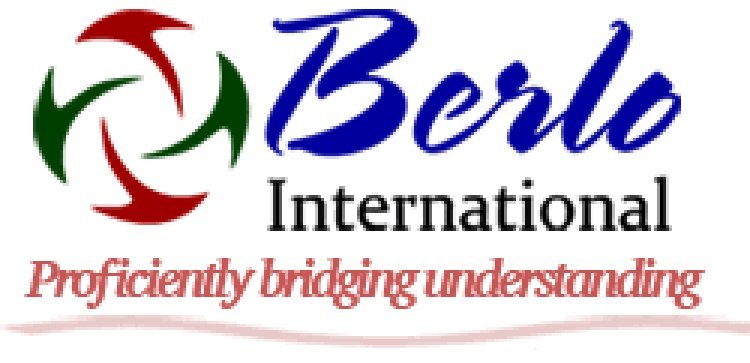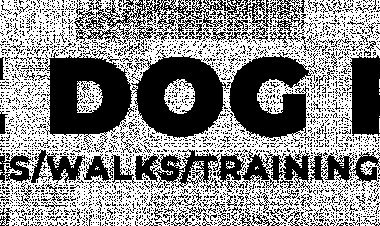What Translators Need To Know: What Not To Translate
Though one might think at first that when a client requests that a document (or some other item) be converted to another language,there is a need to translate every single word.

Though one might think at first that when a client requests that a document (or some other item) be converted to another language,there is a need to translate every single word. This is not the case, and a certified translation provider in Singapore would do well to know what can be considered non-essential, and thus save time and effort for all involved.
An example of one such item is signatures. They are of course a key part of many documents encountered when providing a legal translation service or PR application translations, but at the same time the signature itself does not need to be literally transcribed or written down. Similarly, documents provided by countries’ governments often have the nation’s emblem or the governmental organization’s logo displayed on a prominent part of the document. These too often do not need to be translated, even if there is text within the emblems or logos.
That is not to say that the corresponding space where these signatures or emblems/logos would go should be left entirely blank. Rather, one can simply put down something like a short label to indicate what is present there. Alternatively, if a certified translation company in Singapore wishes to raise one’s reputation as a high-quality provider of services, then they can go the extra step and include copied images of the signatures, emblems, and logos in their translated document. In today’s digital age, this can also be done for the bar codes and QR codes that are often included in official documents as well.
And if one worries that an item deemed non-essential may have been vitally needed by the client, that is what the review process is for. When given the final draft produced from the provision of certified document translation services in Singapore, the client has the final say over what will be or will not be included. In situations with high-value documents that cannot be altered after they are printed and certified, such as papers that a translator in Singapore might see when providing notarized translations, one can simply specifically highlight labels they are unsure of for the client to specifically review and confirm.
Signatures and logos may seem like negligible items to plan for, but when working as a translation provider, one will encounter documents featuring such elements on a very frequent basis. Thus, it can be prudent for one to have ready plan for them and save precious minutes in the future, saved minutes that can add up to sizeable and vital hours.


 mohammedyusri
mohammedyusri 




















